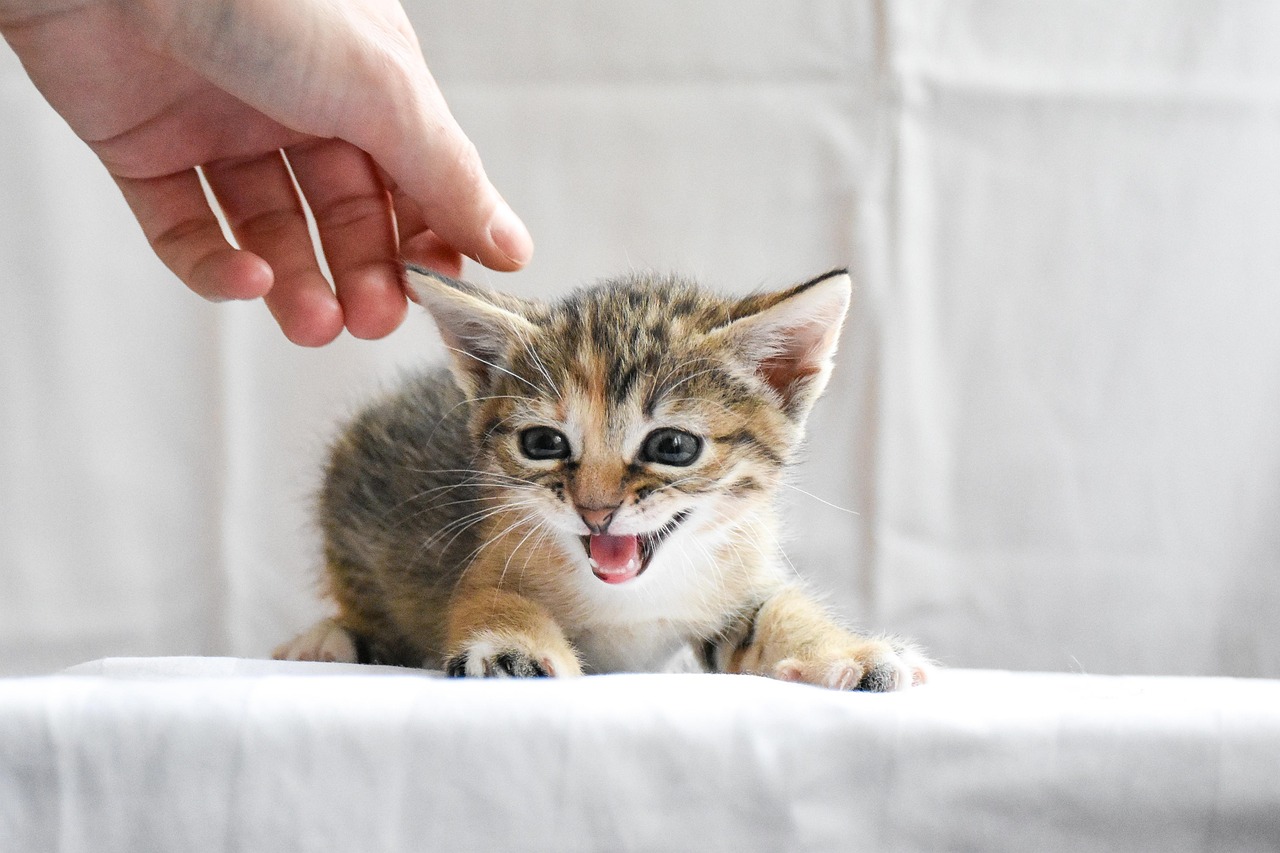Unlocking the secrets to understanding your furry, feathered, or scaled companion starts with grasping the concept of breed traits. From the boundless energy of a Border Collie to the serene nature of a Persian cat, understanding these inherent characteristics is crucial for responsible pet ownership, effective training, and building a harmonious relationship with your animal friend. This knowledge empowers you to provide the right environment, care, and stimulation tailored to their specific needs, fostering a happier, healthier life for your beloved pet.
Understanding Breed Traits: More Than Just Looks
Breed traits encompass a wide range of characteristics, shaped over generations through selective breeding practices. They’re not just about physical appearance; they also influence temperament, energy levels, health predispositions, and even learning styles. Understanding these traits is essential for anyone considering welcoming a new animal into their home.
The Genetic Blueprint
Breed traits are largely determined by genetics. Certain genes are associated with specific physical attributes (e.g., coat color, size), while others influence behavioral tendencies (e.g., herding instincts, guarding behavior). While environmental factors also play a role, genetics lay the foundation for a breed’s inherent characteristics.
- Example: A Labrador Retriever’s eagerness to please and retrieve is deeply rooted in its breeding history as a waterfowl retriever. This genetic predisposition makes them generally easy to train for retrieving tasks.
Nurture vs. Nature: The Environmental Influence
While genetics provide the blueprint, environment and training can significantly impact how breed traits manifest. Early socialization, consistent training, and a stimulating environment can help a dog prone to anxiety become more confident, or channel a herding dog’s instincts into positive activities like agility training.
- Example: A traditionally assertive breed like a Rottweiler, when raised in a loving and structured environment with early socialization, can become a gentle and protective family companion.
Categorizing Breed Traits: A Broad Spectrum
Breed traits are multifaceted and can be categorized into several key areas:
Physical Characteristics
These are the most readily observable traits and include:
- Size and Build: Ranging from the tiny Chihuahua to the massive Great Dane, size significantly impacts housing needs, exercise requirements, and even lifespan.
- Coat Type and Color: Consider the grooming demands associated with different coat types. A long-haired Persian cat, for example, requires daily grooming to prevent mats and tangles.
- Lifespan: Different breeds have different average lifespans. Knowing this helps you prepare for the long-term commitment of pet ownership.
- Example: The Dachshund, with its distinctive long back, is prone to intervertebral disc disease. Understanding this predisposition allows owners to take preventive measures and seek early veterinary care.
Temperament and Behavior
This category covers a breed’s typical personality, energy levels, and behavioral tendencies:
- Energy Levels: A high-energy Border Collie needs a significantly different lifestyle than a low-energy Basset Hound.
- Trainability: Some breeds, like Poodles, are known for their intelligence and eagerness to please, making them relatively easy to train. Others, like some Sighthounds, are more independent and require more patience and consistency.
- Sociability: Consider how well a breed typically gets along with children, other pets, and strangers.
- Example: Jack Russell Terriers, bred for hunting, possess high energy levels and a strong prey drive. This requires dedicated training and plenty of exercise to prevent destructive behaviors.
Health Predispositions
Many breeds are predisposed to certain health conditions:
- Hip Dysplasia: Common in large breeds like German Shepherds and Labrador Retrievers.
- Brachycephalic Syndrome: Affects breeds with shortened snouts like Bulldogs and Pugs, leading to breathing difficulties.
- Hypertrophic Cardiomyopathy (HCM): A heart condition common in Maine Coon cats and other feline breeds.
- Example: Golden Retrievers are prone to cancer. Regular veterinary checkups and a healthy lifestyle can help detect and manage these conditions early.
Researching Specific Breeds: Making an Informed Decision
Before bringing a new pet home, thorough research is crucial. Don’t rely solely on anecdotal information or online descriptions.
Consult Reputable Sources
- Breed Clubs and Organizations: These groups provide detailed information on breed standards, health concerns, and responsible breeding practices.
- Veterinarians: Your vet can offer valuable insights into breed-specific health issues and care requirements.
- Animal Shelters and Rescues: Shelters often have dogs and cats of various breeds and can provide information on their temperament and history.
Observe and Interact
- Visit Breeders (Responsibly): If considering a purebred dog or cat, visit breeders and observe the animals in their home environment.
- Spend Time with the Breed: If possible, spend time with animals of the breed you’re interested in to get a firsthand feel for their personality and energy levels.
- Consider Foster Care: Fostering a pet allows you to experience their breed traits in your home environment before making a long-term commitment.
Adapting Your Lifestyle: Providing Breed-Appropriate Care
Once you’ve chosen a breed, it’s essential to adapt your lifestyle to meet their specific needs.
Exercise and Mental Stimulation
- Provide adequate exercise based on the breed’s energy levels. High-energy breeds need daily walks, runs, or other activities to prevent boredom and destructive behaviors.
- Offer mental stimulation through training, puzzle toys, and interactive games.
Grooming and Hygiene
- Follow a regular grooming schedule based on the breed’s coat type. This may include brushing, bathing, and professional grooming appointments.
- Maintain good dental hygiene with regular teeth brushing and dental checkups.
Nutrition and Diet
- Feed a high-quality diet appropriate for the breed’s size, age, and activity level.
- Consult with your veterinarian about specific dietary needs and potential supplements.
Conclusion
Understanding breed traits is paramount for responsible pet ownership. By researching, observing, and adapting your lifestyle to meet their specific needs, you can create a fulfilling and harmonious relationship with your animal companion. Remember, breed traits are a starting point, not a guarantee. Each animal is an individual, and their personality will be shaped by genetics, environment, and the bond you create together.




